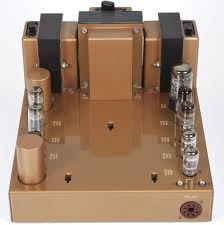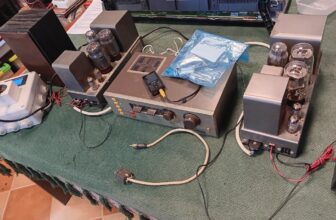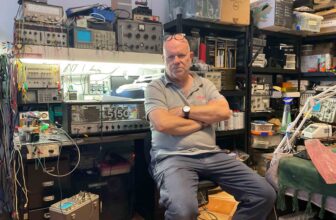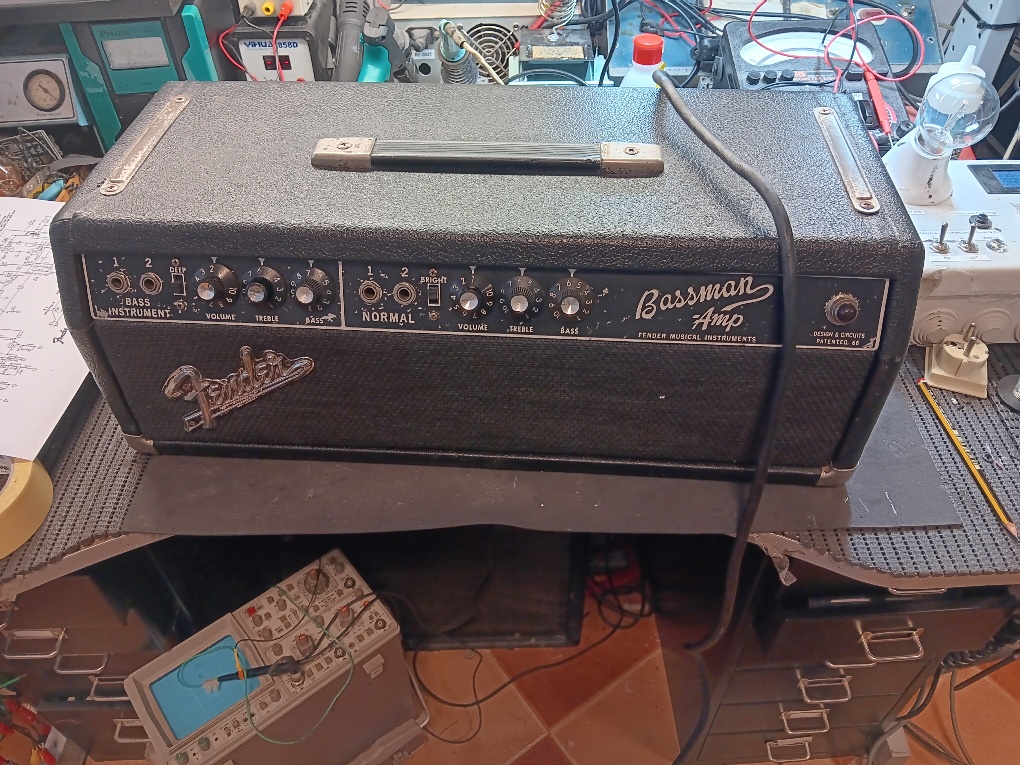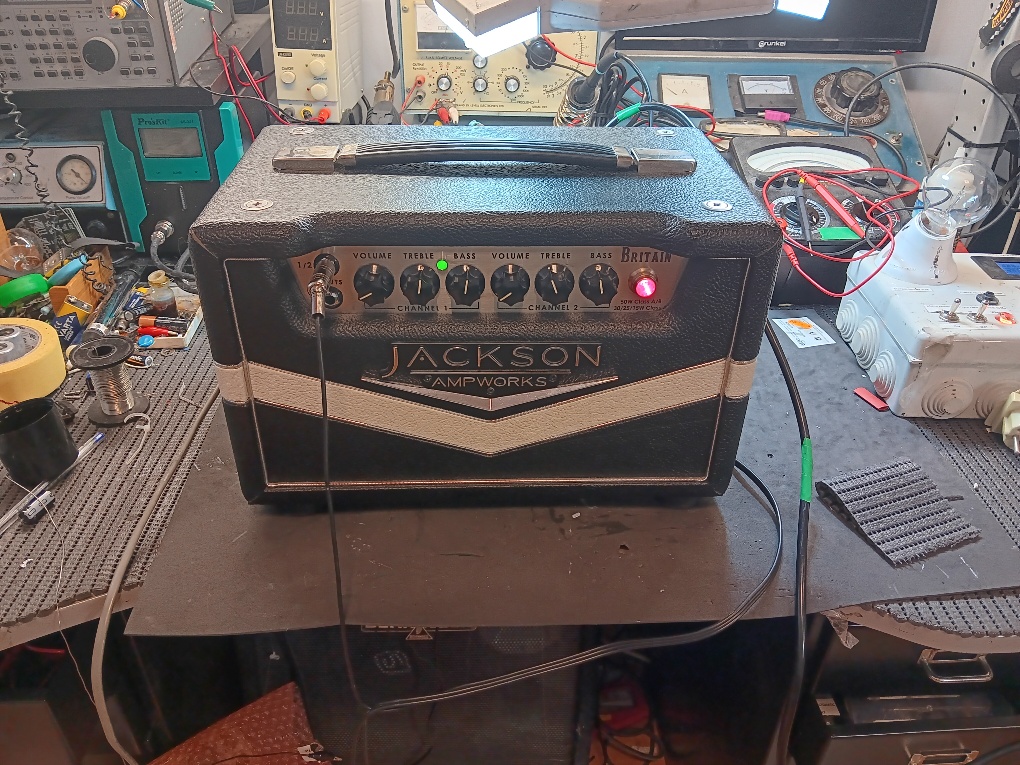Leak Point One, TL12…. Et al
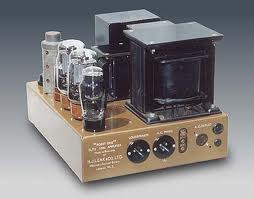
Well, you can’t say a bad thing about any one from the Leak family (no, I am not talking about the Leak 30s and 70 please).
What to watch out for;
Have a look at the mains transformer for signs of overheating. This is normally indicated by stalactites of wax hanging down from the underside of the transformer. Hopefully, the green wire-wound resistor will have got so hot it will have unsoldered itself saving the rectifier and or transformer from death. The high HT current normally is a result of the inter-stage coupling capacitors becoming 500 Kohm resistors over time. Consequentially, the outputs valves are driven on hard, things get hot and all un-necessary. This is not helped by good old Uncle Jack replacing the 1 amp mains fuse with a nice piece of silver paper from his Embassy No.5 pack of fags.
Again, as with most equipment, change the capacitors and cathode resistors. These will all be beyond their sell by date. The earlier Point Ones used a paper capacitor smoothing block. This will certainly be tired and not be used. Leave in situ and fit nice new components underside. There is plenty off room to do this.
There are some variations in circuit layout with some of the early TL12s and Point Ones. This is mainly around the cathode bypass area. If you have tow dissimilar units needing to be used as stereo, you may want to play around with the negative feedback to bring both units in line operationally.
Make sure that when you use these sets, adequate ventilation is available. The mains transformers do run hot and if it’s a hot sunny day, the core temperature can become very high.
